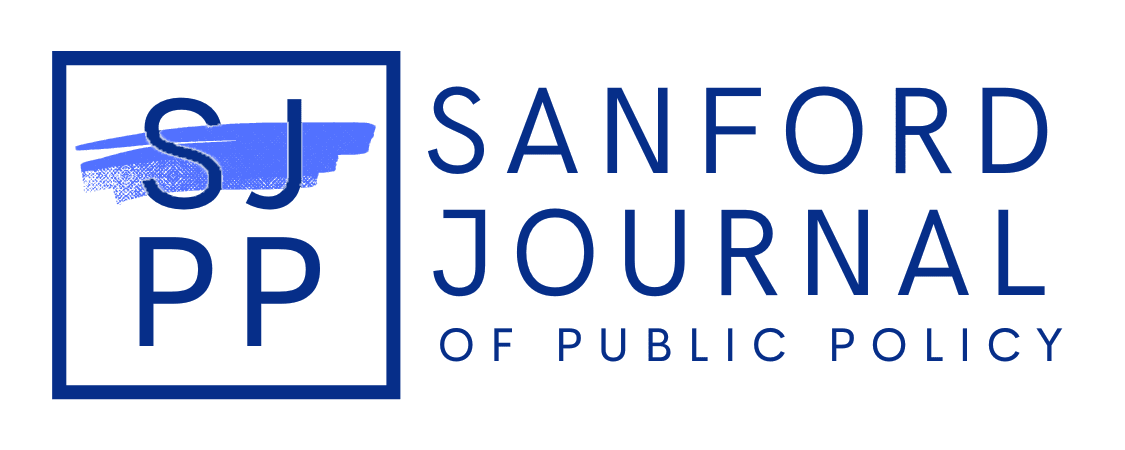British Prime Minister William Gladstone articulated the importance of finance in his famous quotes in 1858: “Finance is, as it were, the stomach of the country, from which all the other organs take their tone.” A well-functioning financial system is considered a prerequisite of sustained economic development. It is clear that the recent financial crisis has changed the fundamental streamline of the world’s financial system. Financial architecture has been evolving since the Lehman Brothers, one of the world`s largest investment banks, went bankrupt in September 2008.
Some suggest that the lack of financial literacy of households is one of the key factors that led to the swelling of the mortgage crisis in the U.S. Since most people were not aware of the potential risk of what changes in interest rates would mean for credit, they did not hedge their financial position against the unexpected outcomes that could occur in financial markets.
United States Government Accountability Office (GAO) defines the financial literacy as an ability of making informed judgments and taking effective actions in regarding money. The Organization for Co-operation and Development published a detailed working paper in 2012 (OECD Working Papers on Finance, Insurance and Private Pensions, No. 15) regarding the current situation of financial literacy in selected countries. This working paper presents a pilot study undertaken in 14 countries (Armenia, Czech Republic, Estonia, Germany, Hungary, Ireland, Malaysia, Norway, Peru, Poland, South Africa, the UK, Albania and the British Virgin Islands).
According to the survey results, understanding daily financial terms such as compound interest and diversification of risk are lacking for significant shares of the population in all 14 countries. The study also points out that men have more financial knowledge than women in most countries, which is a noteworthy concern that countries should address. Another considerable result from the study is that knowledgeable people are more likely to show positive financial behavior. This study goes further to claim that low levels of schooling and income are also associated with lower levels of financial literacy.
The concept of financial literacy is becoming one of the core issues in finance, especially for middle-income households. Since financial instruments are getting more complicated and there are more opportunities to make investments, individuals should be well-equipped to analyze the risk of financial decisions.
According to Annamaria Lusardi, the Director of Global Financial Literacy Excellence Center at George Washington University, individuals have to make more decisions on their savings and investments than in the past. Therefore, specific needs and the economic capability of individuals should be recognized when making financial investments.
Governmental and non-governmental organizations have established some programs to improve the level of financial literacy. For instance, Securities and Exchange Commission (SEC) provides a website (www.investor.gov) to promote investment and inform the individuals about their financial decision. National Association of Investors Corporation (NAIC), also known as BetterInvesting, is a Michigan-based non-profit organization which has 120,000 individual members, proposes to teach individuals to how to become successful decision-makers regarding financial instruments. Khan Academy (www.khanacademy.org) also introduces free online courses for the fundamentals of capital markets and finance.
Policies towards improving financial literacy need more collaboration among regulatory institutions and non-profit organizations, as well as, international considerations. At this point, policy makers should design effective training programs focusing on individual needs of potential and current investors.

